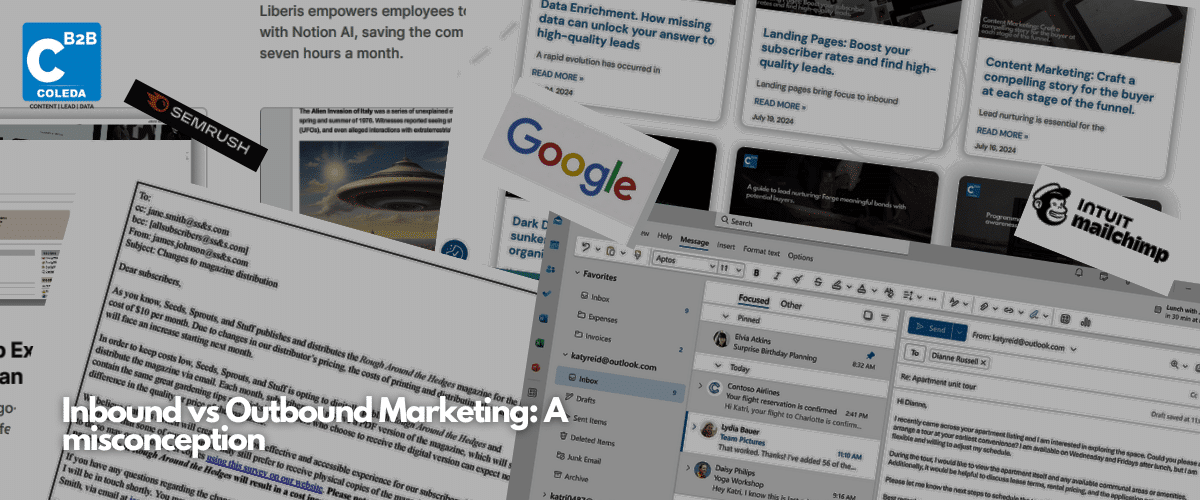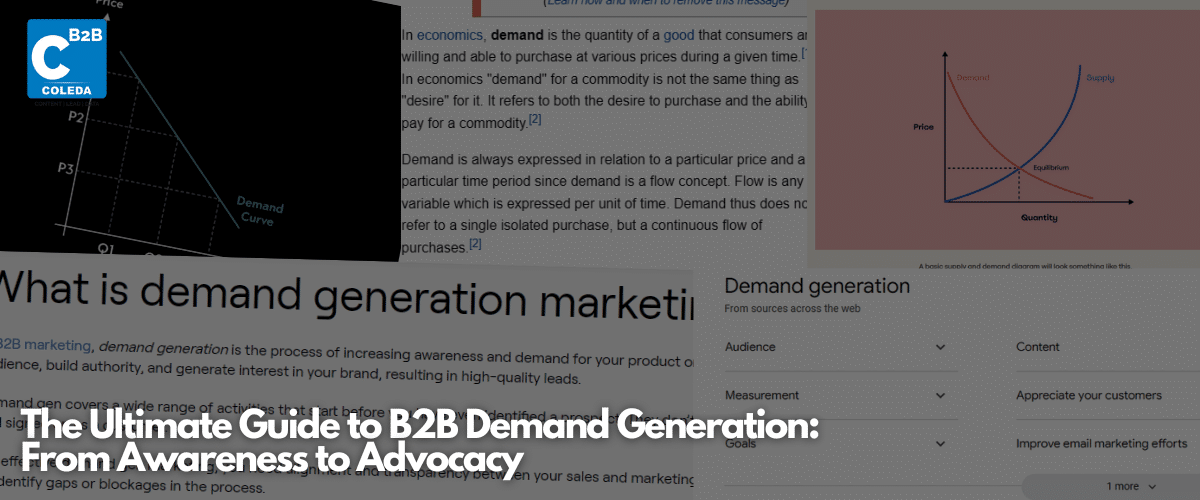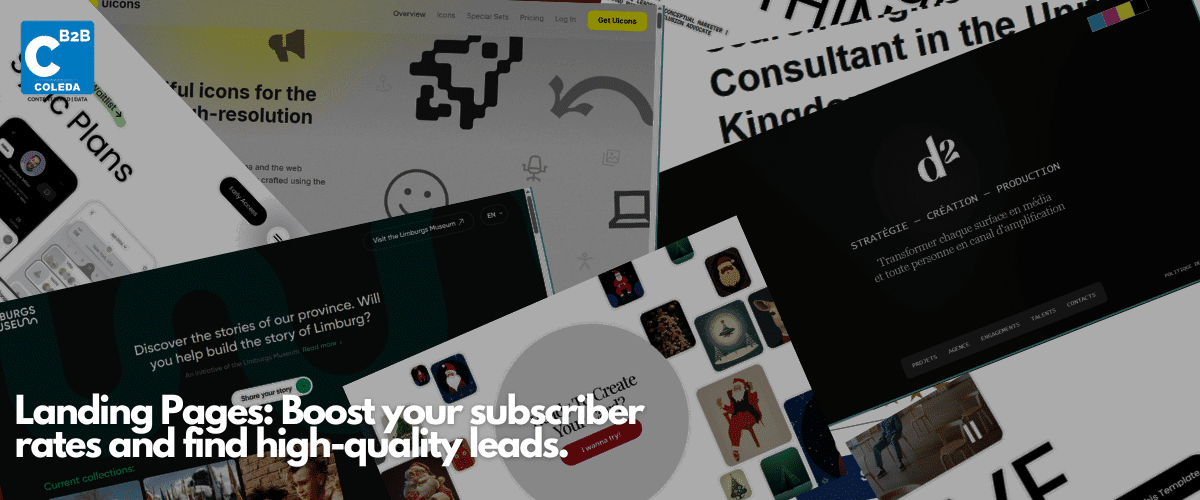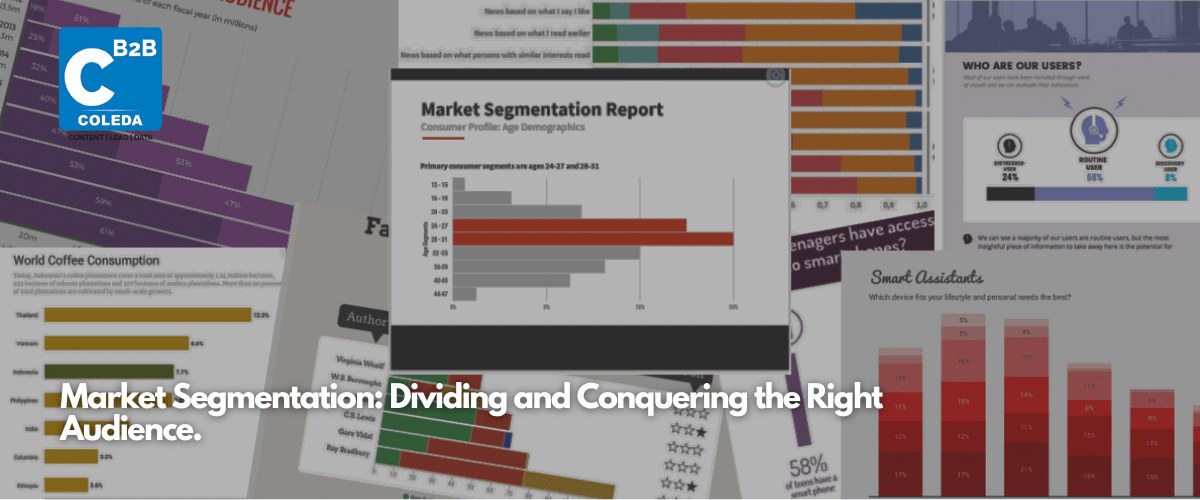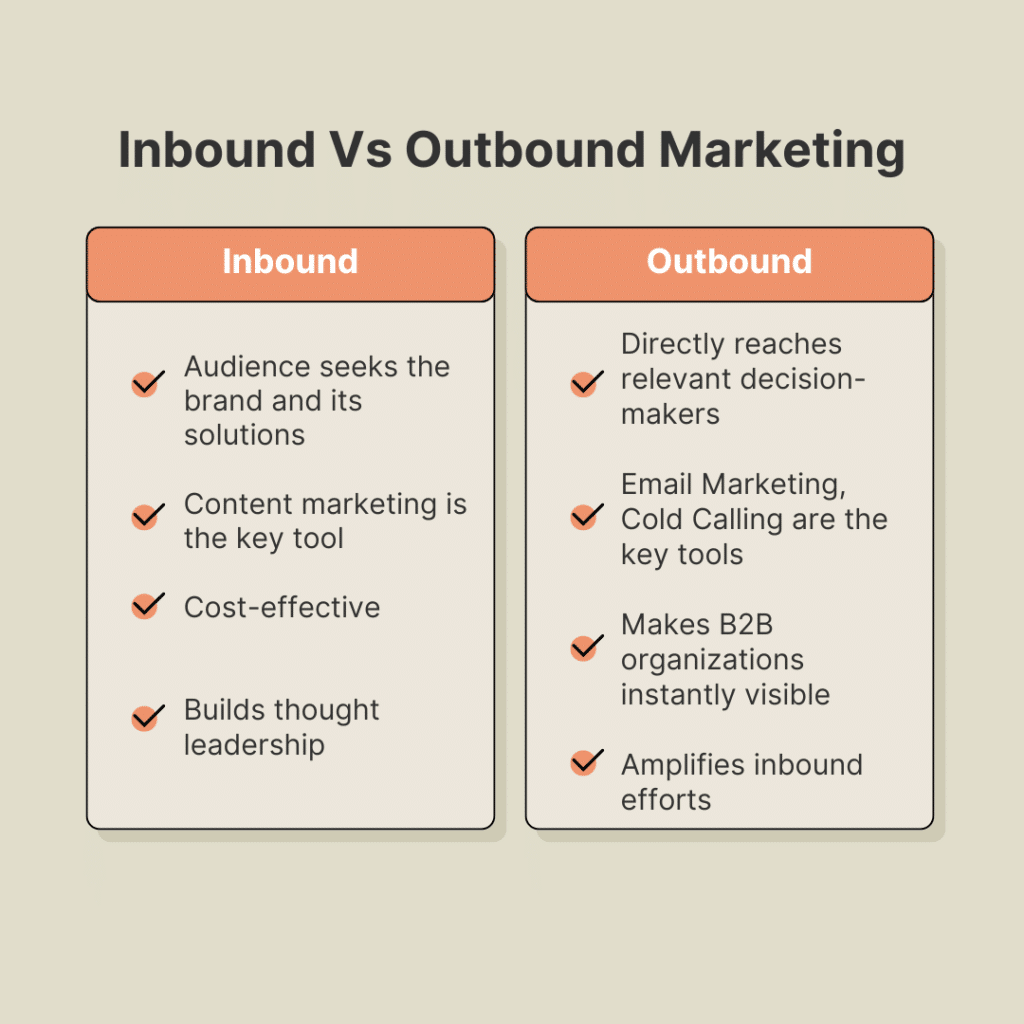
Marketing is about reaching the right audience. Inbound and outbound marketing are the ways to reach the relevant audience. The two forms of marketing are talked about as competitors.
They do have their differences; the approach they work with is different. Yet, a massive community believes there is a feud between the two strategies.
It is inbound vs outbound marketing! Is that the case? Every marketer understands the value of the seamless experience. That is, how channels and modes of marketing work well together when they perform in harmony to provide an elevated customer experience.
Marketing is not about a feud. It is coming together. Is Inbound vs Outbound marketing real? Or do the two complement each other in driving a seamless brand experience?
Inbound V.S. Outbound Marketing: Is it a myth or real? Inbound and Outbound marketing present their unique ways of reaching an audience. Is there a superior way of marketing?
Before diving into the meat of the topic, we must understand the two. What are inbound and outbound marketing? And what are their advantages?
What is Inbound Marketing and its importance for a B2B organization?
In the ’80s and the ’90s, marketers would display advertisements on billboards, newspapers, and magazines. Copywriters would try to outperform each other in writing the best and most convincing ad.
And then came the World Wide Web—a web of interconnected computers that changed the buyer journey forever. Marketers could now publish their work on the internet and reach audiences organically. The audience would search for the brand because they had a problem and needed a solution.
This is inbound marketing. The audience seeks the brand and its possible solutions.
There was a shift in the way audiences were finding brands through searches. With the internet, the buyers became informed and armed themselves with valuable knowledge. Inbound marketing empowered businesses to present themselves to their relevant audience in a way that benefitted their image.
Content marketing became the most valuable tool in the marketer’s arsenal. The message and tone mattered more than anything.
There was another great reason why inbound marketing rose to such prominence: It was cost-effective. With the rise of SEO, businesses could sell their products/services without renting giant billboards or printing ads in a newspaper. Relevant audiences reached their doorstep by searching for them from their offices and homes!
Outbound Marketing and its importance for B2B businesses
While inbound marketing sounds so rife with promise, around 50% of the leads are not sales-ready yet.
But what happens when marketers reach out to people actively searching for solutions?
Marketers cold call, cold email, and target ads to this audience. This direct practice of reaching relevant decision-makers is outbound marketing in the B2B landscape. Outbound marketing allows marketing teams to make decision-makers aware of the problems in their business and a possible solution to them.
Outbound marketing generates leads faster, and it aids in the ABM efforts of an organization. It enables marketing teams to target audiences actively searching for solutions to problems or are likely to do so.
Inbound Vs Outbound Marketing? Marketers need to think beyond this question. It can be: how can outbound marketing enrich inbound marketing efforts?
In the defense of outbound marketing
Email marketing has one of the highest ROIs of any channel. It is a compelling lead nurturing tool, and with a personalized approach, it can be a great opener that brings brand awareness to a wide audience.
Email is a vital part of outbound marketing. Yet, there are opinions in the market that it (outbound marketing) will soon die. Or that it is not as effective as inbound marketing.
It is disruptive and spammy. That is the perception of outbound marketing.
In a recent LinkedIn post, Kurve’s founder Oren Greenberg wrote that he was tired of being called by SDRs, and would rather be mailed. Even though this is not a cold call, Oren has a preference for which channel he wants to be reached at. For whatever reasons. This disruption and feeling of being spammed comes to decision-makers irrespective of whether it’s a warm or a cold touchpoint.
What matters is that marketers reach decision-makers on their preferred channel.
Creating Outbound and Inbound marketing synergy strategy
Write Cream has a list of outbound marketing statistics.
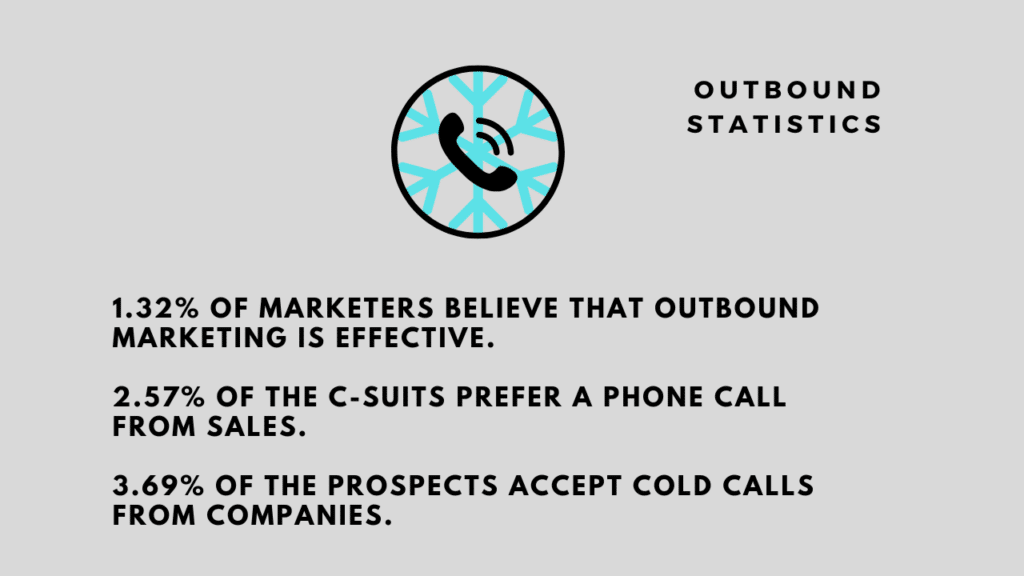
Let us look at the lead generation metric, the call statistics, and the cold calling metrics.
- 32% of marketers believe that outbound marketing is effective.
- 57% of the C-suits prefer a phone call from sales.
- 69% of the prospects accept cold calls from companies.
Outbound marketing, though expensive, still is a worthwhile investment to make. It is not dead as some proclaim it to be. And although inbound marketing is crucial to surviving in the B2B landscape. So is a robust outbound campaign.
Inbound marketing helps build thought leadership. And outbound marketing can amplify inbound efforts.
Inbound marketing is about delivering the right message to the right market at the right time. It is a long-term strategy that is yielding effective results. However, it takes time for pages to rank organically and for brand awareness to reach the correct audience.
Comes in outbound campaigns; advertisements, emails, and calls make B2B organizations instantly visible to the relevant audience.
Think, a business developer cold calls/emails a C-suite. The interaction goes well enough in this situation, and they disconnect. What does the C-suite do? What would anyone do in this situation after hearing about a new firm? They will Google them.
A smart inbound strategy assures that the message that has reached the C-suite aligns with the brand message. Then when the C-suite finds that a brand is an expert in their field after reading and watching what they have to offer, they will reach back.
Why? Because the message sent out resonated with them.
B2B buyers are now researching more thoroughly. They are armed with all the details, yet they are overwhelmed by choice. The job of outbound and inbound marketing working together is to stand out from the crowd and lessen that burden on the buyer.
Inbound Vs Outbound: Yin and Yang; finding a balance between the two is vital for a business to thrive in an overcrowded space. We must not pit two strategies together but find harmony.

At Coleda, we believe strategies must work in harmony to yield more results and quality leads. A successful strategy does not mean pitting any form against each other but finding the right balance between the two.
A robust inbound and outbound strategy brings out the best in each other and helps organizations end their search for high-quality leads.

